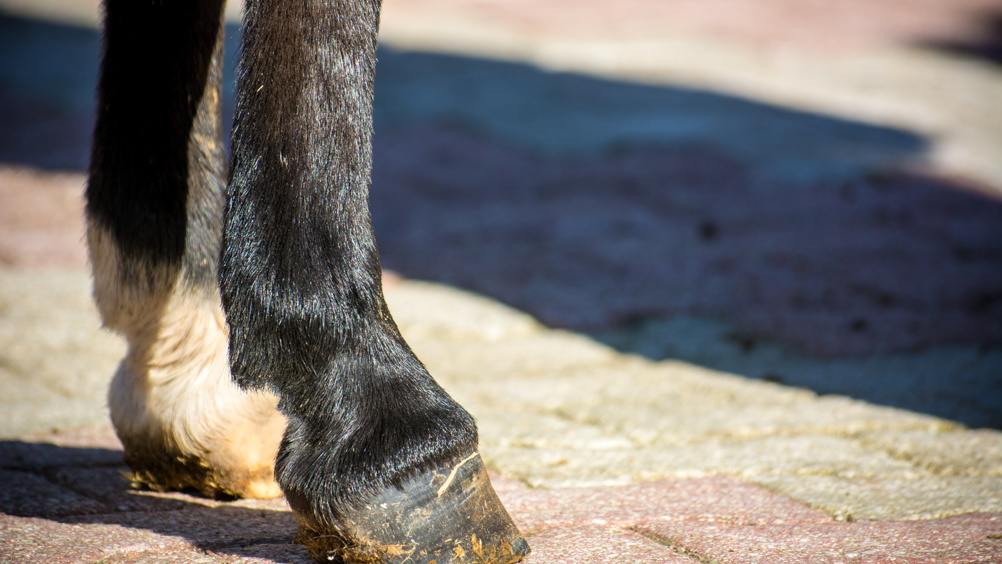References
Latest concepts relevant to treatment of digital dermatitis in dairy cattle

Abstract
Digital dermatitis is one of the most common lesions causing lameness in dairy cattle, also affecting beef cattle and sheep. It is a highly infectious polymicrobial infection, with several species of treponeme implicated. Many treatments appear efficacious and given the animal appears the main reservoir of infection, there are strong arguments for proactive targeted treatment of cows with lesions leading to improved welfare, production and disease control. This article explores the antibacterial treatment options for digital dermatitis and some adjunctive therapies that can improve cure rates. Licensed topical antibiotics generally achieve a good outcome, but non-antibiotic alternatives may be preferable for ethical reasons and for chronic or mild lesions. There is a strong rationale for providing non-steroidal anti-inflammatory drugs to reduce pain and inflammation associated with infections. Optimal bandaging technique is still poorly understood and despite the evidence, opinion remains deeply divided on their use.
Digital dermatitis is a common lesion causing lameness in dairy cattle (Barker, 2007), but also affects beef cattle (Sullivan et al, 2015) and sheep (Duncan et al, 2014). The average prevalence of digital dermatitis in dairy cattle can exceed 30% (Bell, 2006; Vink, 2006; Stokes, 2011), with a significant seasonality largely influenced by winter housing risks (Bell, 2006; Stokes, 2011). While many lesions do not cause clinical lameness (Stokes, 2011), volatility in herd mobility scores can often be attributed to repeated breakdowns in control of digital dermatitis (Bell and Main, 2012).
Digital dermatitis is a costly disease, leading to milk yield loss (Relun et al, 2013; Gomez et al, 2015; Kasiora et al, 2021) and reduced fertility (Gomez et al, 2015). While some cows with necrotic hoof lesions become chronically lame leading to culling, there are no reports of increased culling of cows with classic digital dermatitis lesions on the heels. Stochastic modelling would indicate the cost per case could be $64 USD (Dolecheck et al, 2019), although other studies have reported higher figures with UK conditions (Willshire and Bell, 2009).
Register now to continue reading
Thank you for visiting UK-VET Companion Animal and reading some of our peer-reviewed content for veterinary professionals. To continue reading this article, please register today.

